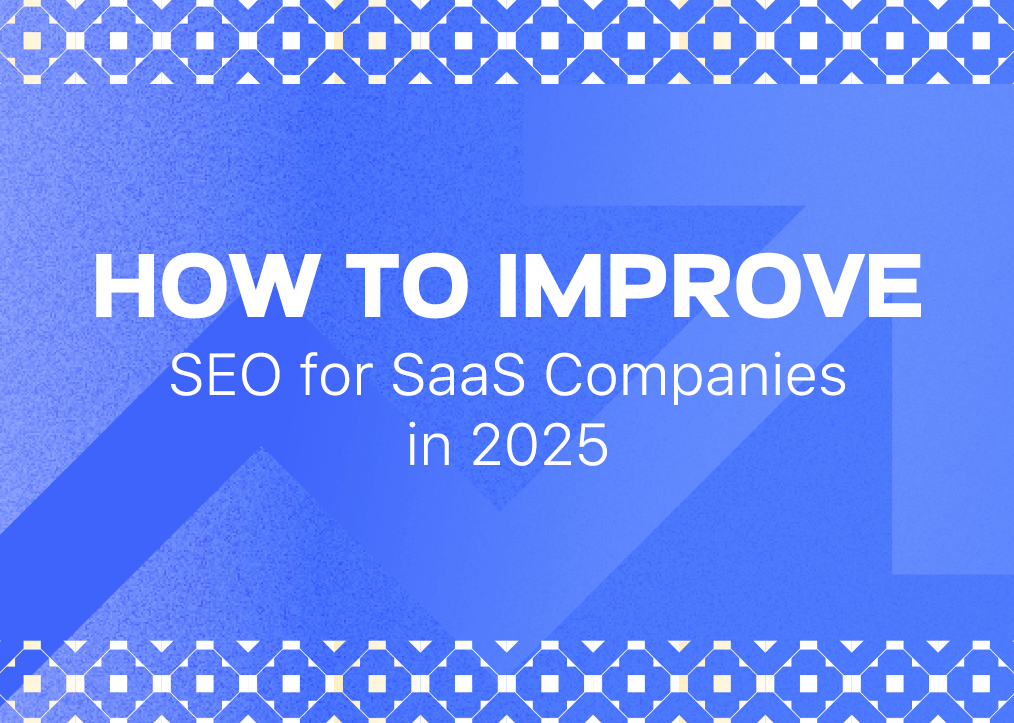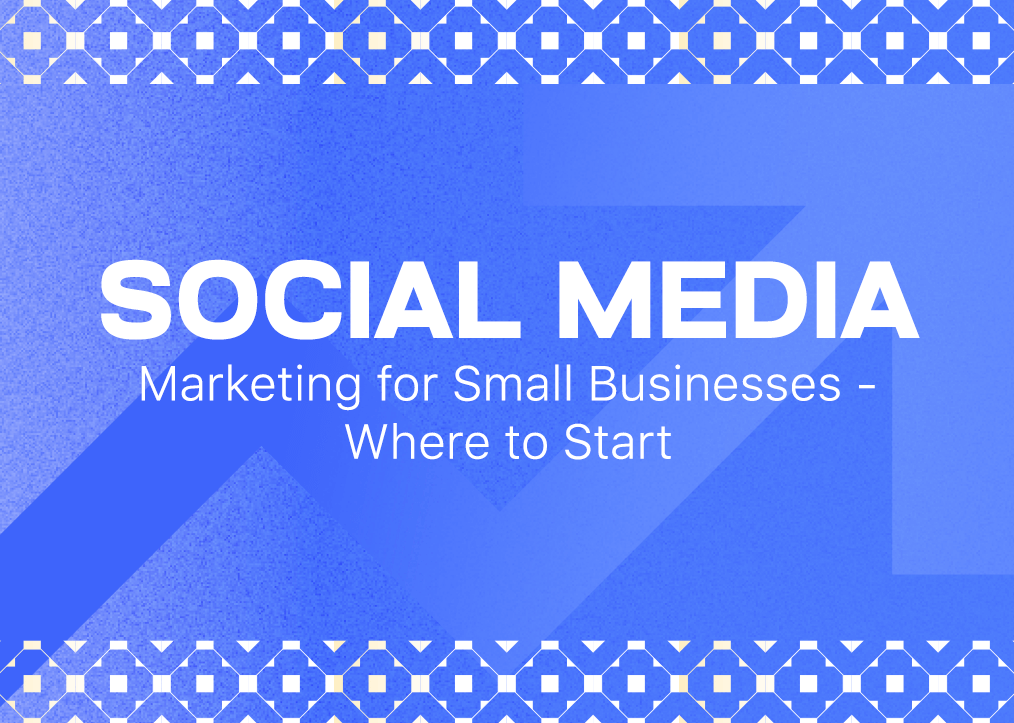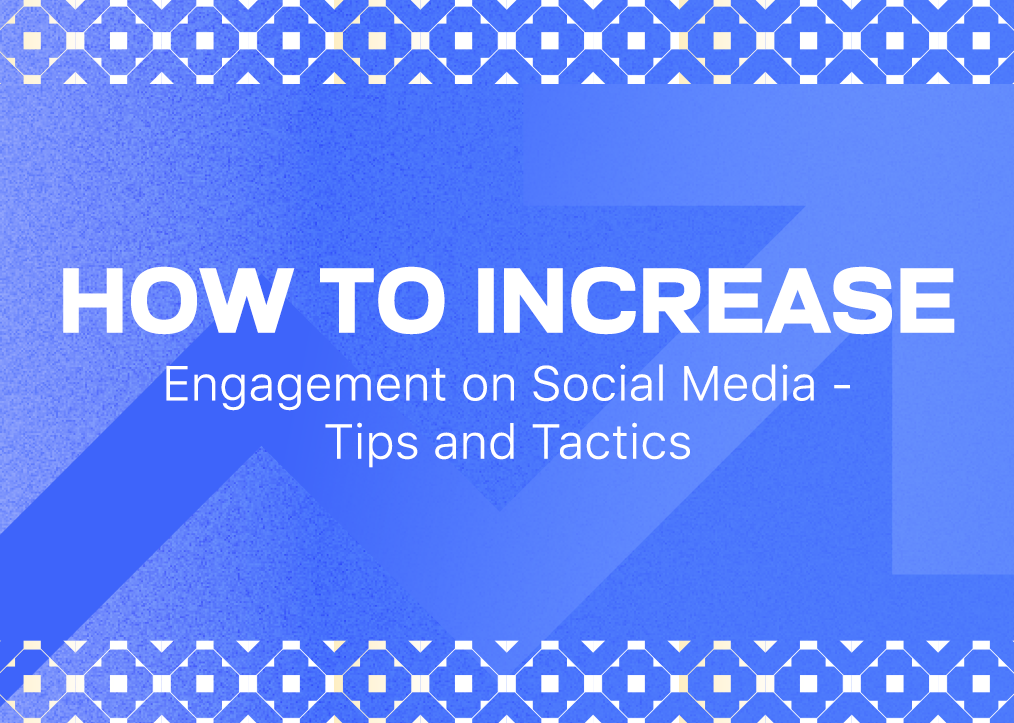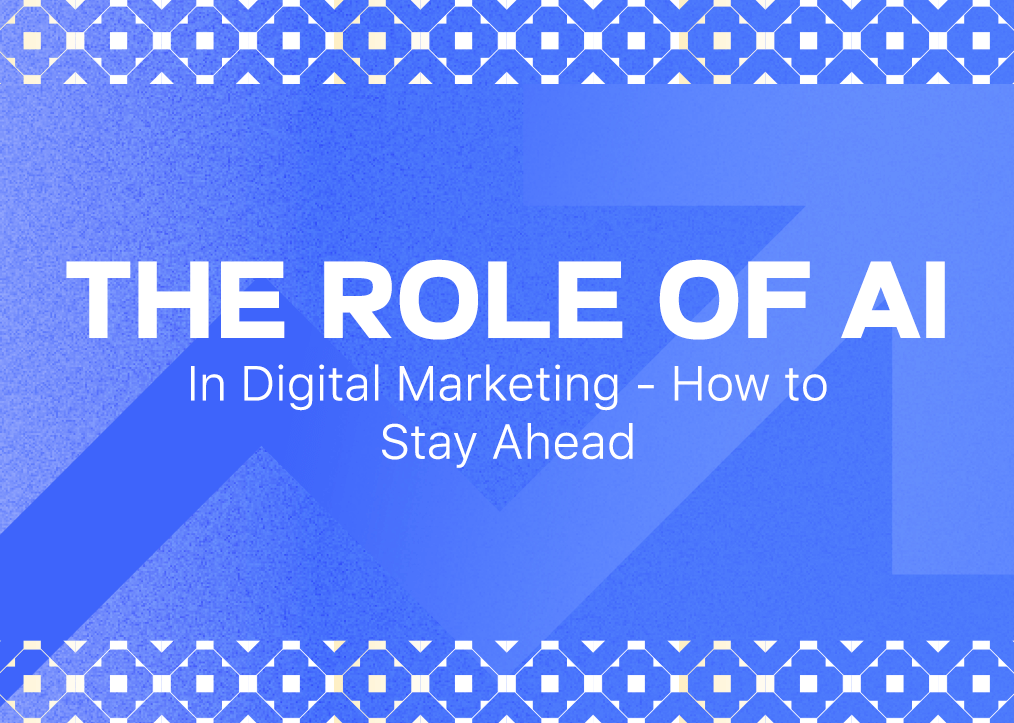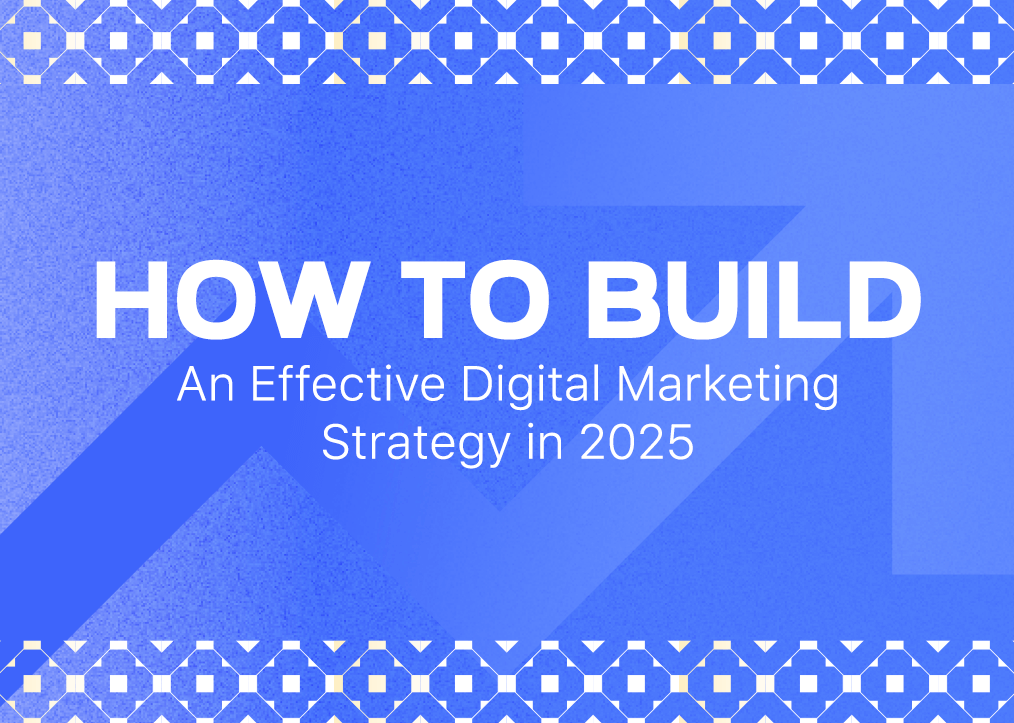Struggling to get more customers online? You’re not alone. Every business wants more visibility, but should you rely on SEO vs Google Ads? Let’s break it down and find the best strategy for you
SEO builds long-term organic visibility, while Google Ads provides immediate traffic. Choosing the right strategy depends on your business goals, timeline, and budget. Let’s break down each approach to help you choose the right one.
SEO vs Google Ads: An Overview
What is SEO?
SEO (Search Engine Optimization) helps your website rank in organic search results. Unlike paid ads, SEO traffic is free. You optimize your site with quality content, technical improvements, and backlinks. However, SEO takes time. Results may take months to appear.
Real-World Example: A local bakery wants to attract more customers. It optimizes its website with keywords like “best cupcakes near me.” The store’s rankings improve steadily. More customers discover it online. New shoppers are walking through the doors within six months, ready to buy.
What is Google Ads?
Google Ads is a paid advertising platform where businesses bid on keywords to display ads in search results. These ads appear above organic listings, and you pay for each click (PPC). With Google Ads, businesses gain immediate visibility.
Real-World Example: An e-commerce store runs a holiday sale. They use Google Ads to promote a “50% off Christmas Sale” and see immediate purchases from new customers.
How Each Helps Grow Your Business
SEO Benefits
Long-Term Traffic Growth
SEO builds sustainable traffic without ongoing costs. Once you establish good rankings, they continue working for you without requiring payment for each visitor. This creates a foundation for consistent traffic that grows over time.
Enhanced Credibility and Trust
Most people trust organic results more than advertisements. When you rank well naturally, visitors see your business as an authority in your field. This trust translates to higher engagement and conversion rates.
Continued Results During Pauses
Traffic continues even when you pause your optimization efforts. Your marketing dollars keep working for you long after you invest them. This strategy delivers lasting value, unlike paid ads that stop when you stop paying.
Higher-Quality Visitor Engagement
SEO attracts people who are actively searching for solutions like yours. These visitors already know what they want. They’re ready to buy, not just browse. This means more sales and better leads for your business.
Google Ads Benefits
Immediate Visibility and Results
Google Ads delivers immediate visibility to your business. You can launch a campaign today and see website visitors tomorrow, unlike the months of waiting with SEO. This makes it perfect for new companies or time-sensitive promotions.
Precise Audience Targeting Options
The platform offers powerful targeting capabilities. You can reach specific audiences based on the following:
- The keywords they search for
- Their geographic location
- The device they’re using
- Time of day they’re searching
Comprehensive Performance Analytics
Google Ads provides detailed performance metrics to measure your exact return on investment. You can track impressions, clicks, conversions, and costs in real time, allowing for data-driven decisions.
Rapid Strategy Testing
You can quickly test different messages and offers to see what works best with your audience. This market feedback helps refine your overall marketing approach beyond your ad campaigns.
Competitive Keyword Positioning
This platform puts you in front of customers searching for competitive terms. You don’t have to wait months for organic rankings. You can compete with more prominent companies on day one, no matter how new your website is.
Scalable Investment
You control your spending based on what works. See a campaign bringing in customers? Increase its budget. Not getting results? Pause it and try something new. This flexibility allows businesses of any size to participate effectively.
Which One Is Right for You?
Your choice depends on:
- Budget: Google Ads requires ongoing spending; SEO requires time and effort.
- Timeline: Need results now? Choose Google Ads. Want sustainable growth? SEO is better.
- Competition: SEO is difficult for competitive industries; Google Ads provides an alternative.
- Business Goals: SEO builds trust and authority, while Google Ads ensures instant visibility.
Most successful businesses use both strategies to maximize results.
Organic Search vs. Paid Search: Key Differences
Organic Search (SEO):
- Free traffic from search engines.
- Ranking depends on content quality and backlinks.
- Long-term strategy with sustainable results.
- Requires ongoing optimization and content creation.
Paid Search (Google Ads):
- Paid placement above organic results.
- Immediate results with keyword bidding.
- Costs depend on competition and click volume.
- Requires continuous management and budget allocation.
Pros and Cons of Each Approach
| Factors | SEO (Organic Search) | Google Ads |
| Long | Free traffic, but requires effort | Cost per click needs a budget |
| Speed | Takes months to see results | Provides instant traffic |
| Longevity | Sustainable long-term results | Stops when ads are paused |
| Trust | Users trust organic results more | Users may skip ads |
| Control | Less control over ranking | Full control over targeting |
Google Ads Tips for Maximum ROI
Choose the Right Keywords
Focus on keywords that show buyers are ready to purchase, not just research. These terms may cost more per click but bring better returns because they attract action-ready customers.
Use long-tail keywords (phrases with three or more words) to attract specific audiences. Targeted search terms often convert more visitors into buyers, making your ad dollars work harder.
Add negative keywords to prevent wasted ad spend. Check your search reports often. Find irrelevant terms triggering your ads. Add these as negative keywords to boost your quality score and overall performance.
Optimize Your Ad Copy
Use compelling headlines and action-driven language that directly addresses the searcher’s needs. Put your main keyword and a clear benefit in your ads to get more clicks. End with strong directions like “Shop Now” or “Get Started Today.”
Improve Landing Page Experience
Ensure that your ad copy matches the landing page content. Visitors are more likely to convert when they see the same messaging they clicked on. This “message match” reduces bounce rates and improves your quality score.
Keep landing pages mobile-friendly and fast-loading. Make your website fast and mobile-friendly. Most people search on phones, and slow pages drive customers away. Even a one-second delay can cost you sales.
Track and Optimize Performance
Set up conversion tracking to measure ROI accurately. Install tracking for all valuable actions on your site, from purchases to form submissions. This data helps you understand which keywords and ads drive actual business results.
Optimize bids based on high-performing keywords. Put more money toward keywords that bring profitable conversions. Cut spending on keywords that don’t perform. This simple shift makes your budget work more intelligently.
Create different versions of your ads. Try various headlines, descriptions, and action phrases. Google will show the winners more often, helping your results improve over time.
SEO vs Google Ads: Making the Right Choice
Choosing between SEO vs Google Ads can feel overwhelming regarding online marketing. Both have strengths—SEO is a long-term investment, while Google Ads offers instant visibility. Understanding how each works will help you decide what’s best for your business goals.
Here are the key factors to consider to understand better which strategy suits your needs.
Factors to Consider
Budget Considerations
Google Ads costs money every day. You must keep paying to stay visible. SEO costs less cash but needs more time for content creation and website fixes. Consider which resource you have more of: money or time.
Industry Competition
Ranking organically can take months or even years in highly competitive industries. Google Ads immediately puts you at the top of search results, no matter how tough your competition is. Use Google Ads to get noticed while building your SEO in crowded markets.
Target Audience Behavior
Understanding how your audience searches is crucial. Some users instinctively skip paid results and trust organic listings more. Others respond well to targeted ads, especially for commercial searches. Research your specific audience’s preferences to determine which approach will resonate better.
Product or Service Type
High-value products and services often benefit from SEO’s trust-building nature. Customers researching major purchases typically explore organic results thoroughly. Quick-decision purchases and limited-time deals work great with Google Ads. They grab attention when customers are ready to buy.
Website Status
New websites have no SEO reputation. Getting organic rankings takes months. Google Ads brings visitors immediately while your SEO foundation grows stronger. Established websites might benefit more from enhancing their existing SEO performance.
Short-Term vs. Long-Term Benefits:
- Google Ads provides immediate traffic but requires constant investment.
- SEO builds sustainable visibility and generates traffic even after you stop working on it.
- A combined approach ensures both quick wins and lasting success.
Conclusion
There’s no one-size-fits-all solution when it comes to SEO vs Google Ads. Google Ads delivers quick results and measurable ROI, while SEO creates long-term value and trust. A balanced strategy using both can maximize your digital marketing success.


